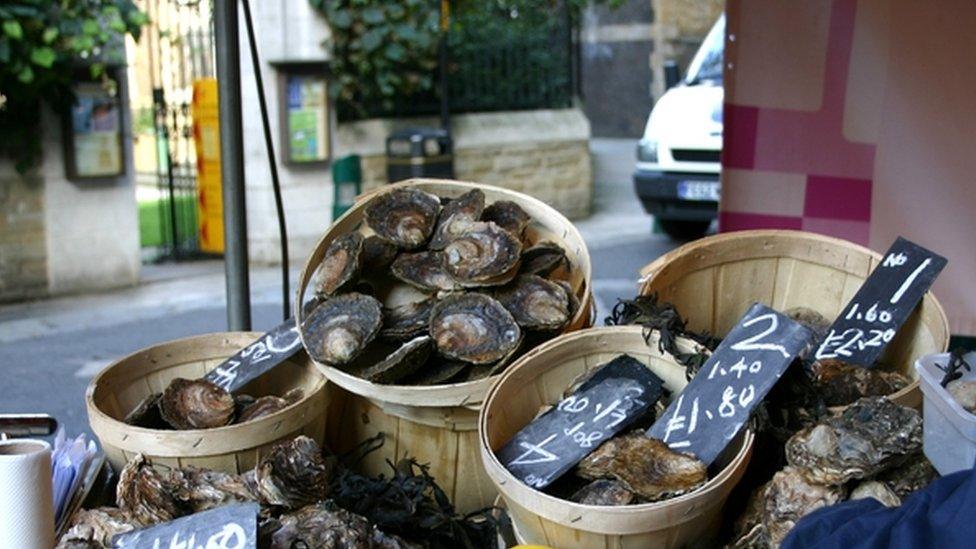Humber estuary to get thousands of oysters at Spurn
- Published
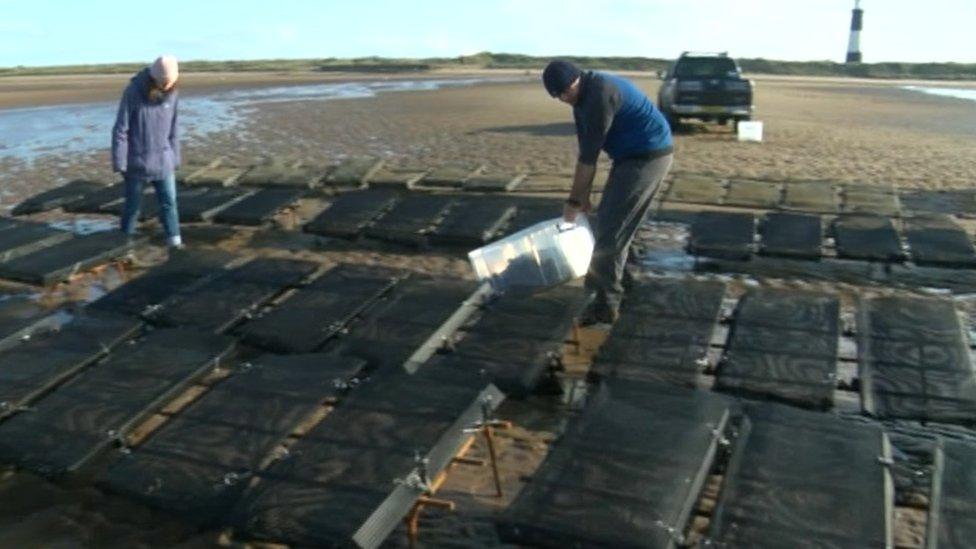
The oysters are being introduced near Spurn Point about 25 miles (40km) east of Hull
More than 10,000 oysters are being relocated to the Humber estuary after a successful trial.
The trial earlier this year showed oysters from a Scottish sea loch adapted to their new home on mudflats, near Spurn Point in East Yorkshire.
The oysters form part of an environmental project to improve marine life and water quality in the estuary.
They were once native to the Humber but died-out in the 1950s because of overfishing.
The first 1,300 adult molluscs arrived in March from Loch Ryan and have shown a potential to thrive.
Dr Dan Cowing, of the Humber Aquaculture Partnership, said: "We've learnt a lot within those initial months, where best to put them and we are really happy with the survival rate."
The molluscs are placed in sacks and attached to metal frames.
Oysters are known as a keystone species as their presence encourages other fish and plant life to the oysters reefs and structures they form.
One oyster can also filter 50 gallons of water a day as it feeds, having a cleaning effect on the estuary.
Scientists from University of Hull are studying the project's impact on marine biodiversity
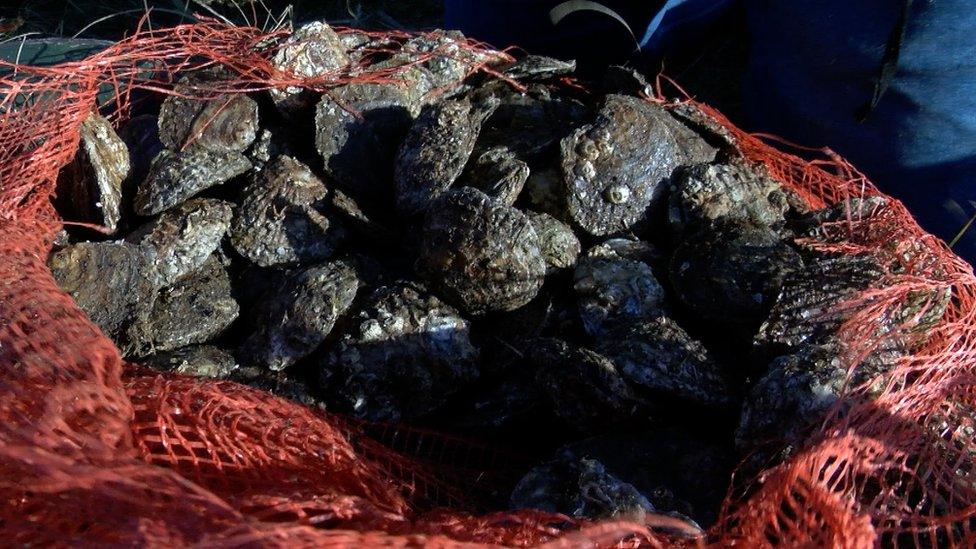
The oysters are part of a two-year project to develop a multi-species aquaculture site

Follow BBC East Yorkshire and Lincolnshire on Facebook, external, Twitter, external, and Instagram, external. Send your story ideas to yorkslincs.news@bbc.co.uk, external.
- Published18 March 2019
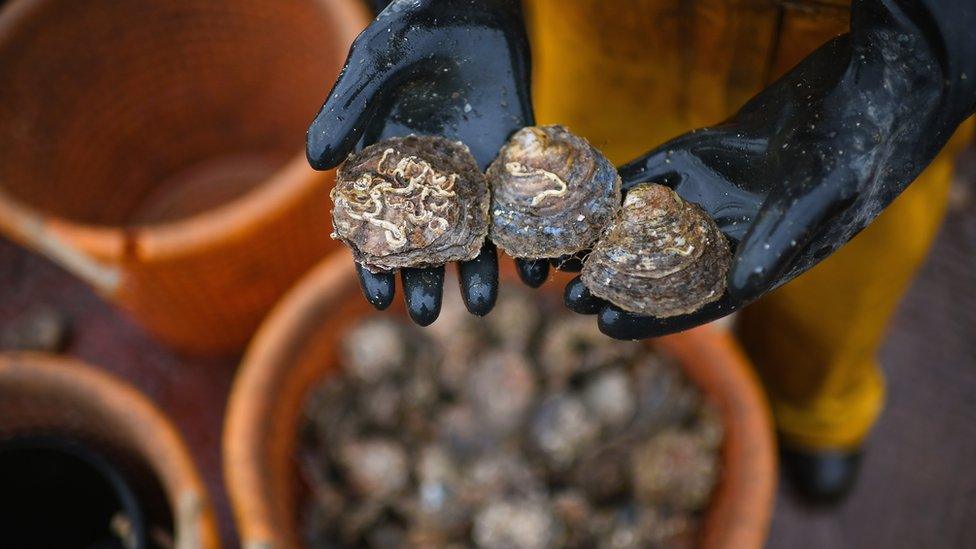
- Published12 January 2019
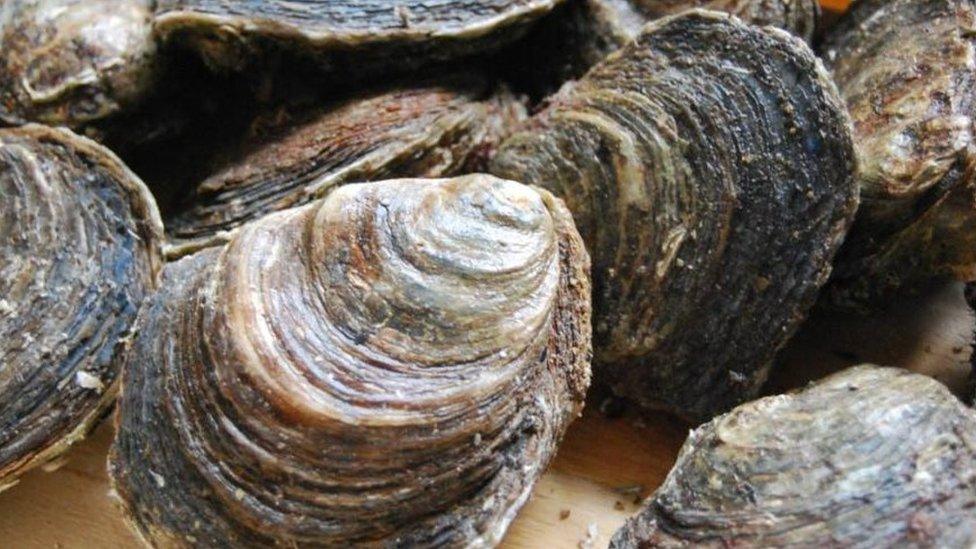
- Published22 November 2018
